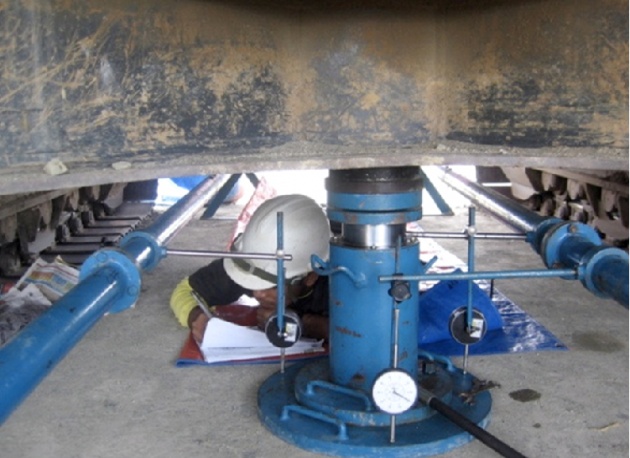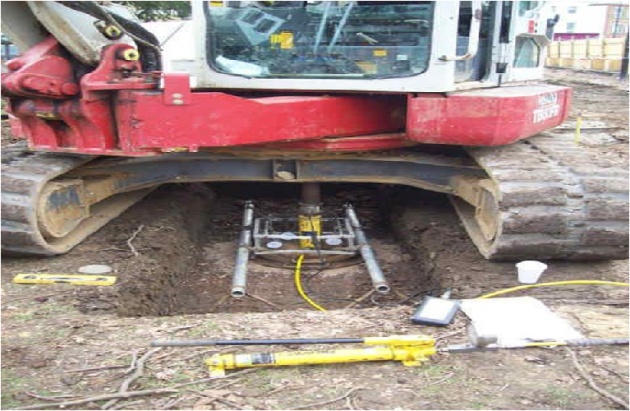T = Cp (d2h/2+d3/6), where d and h are the diameter and height of the vanes of the equipment, respectively

Some important Terms used in these context:
Rock Mass Classification (RMC): Rock mass classification systems are used for various engineering designs and stability analyses. These are based on empirical relationship between Rock Mass Parameters i.e. condition of rock being: Intact, Stratified, Moderately Jointed, Blocky, Swellable, etc and Engineering Applications such as Tunnels, Slopes, Foundations and Excavations. The first Rock Mass Classification System in Geotechnical Engineering was proposed by Terzaghi in the 1940 for the tunnels with steel-set support.

Rock Recovery Ratio (RRR): This is a percentage of the rock cores obtained from the total drilled length in one drilling operation. The good recovery of a rock i.e. good Rock Recovery Ratio expresses the soundness of rock-mass
Rock Quality Designation (RQD): Rock Quality Designation is one of the rock properties used for Rock Mass Classification.
“International Society of Rock Mechanics, USA” describes it as a test on the core samples of at least ̴ 55 mm (dia) NX drills (solid carbide drills made up of Al Ti N: Aluminium Titanium Nitride).
The drilled core segments even if they get broken, are placed in a series one after the other in a wooden box. Total length of the solid core along the axis is measured for a drilling core run (length) of 150 mm. RQD is calculated with the following relationship:
RQD = [Sum of the length (in mm) of the core recovered of the length not less than 100 mm / Total length of drilling] x 100



